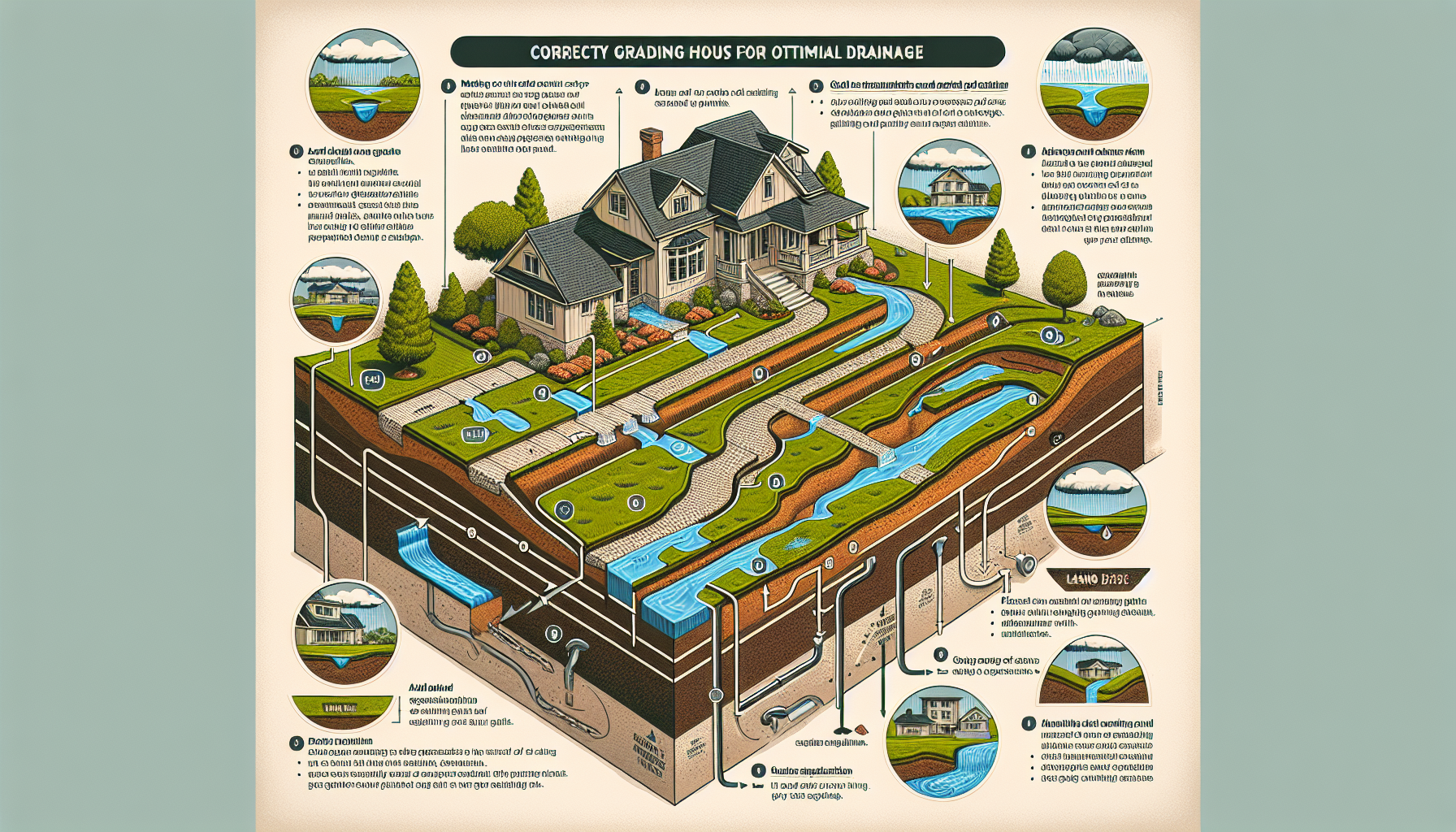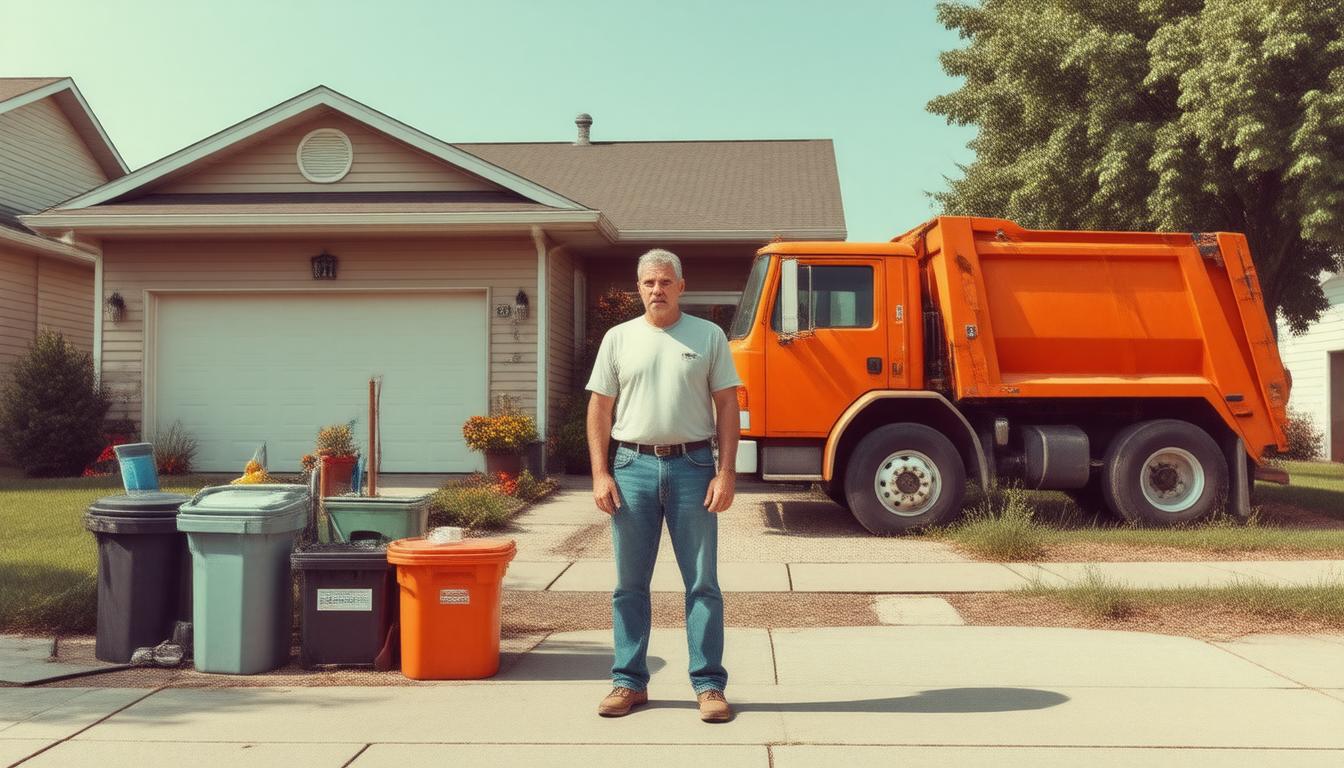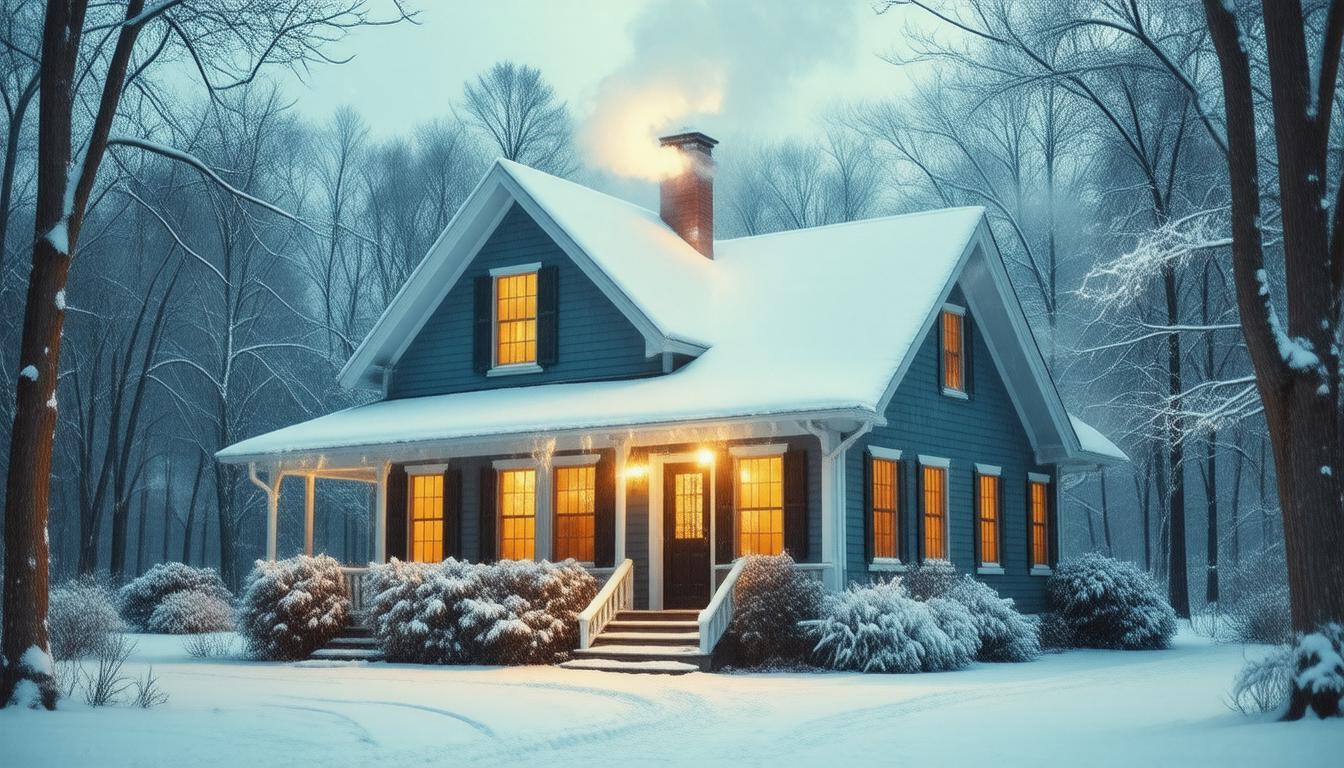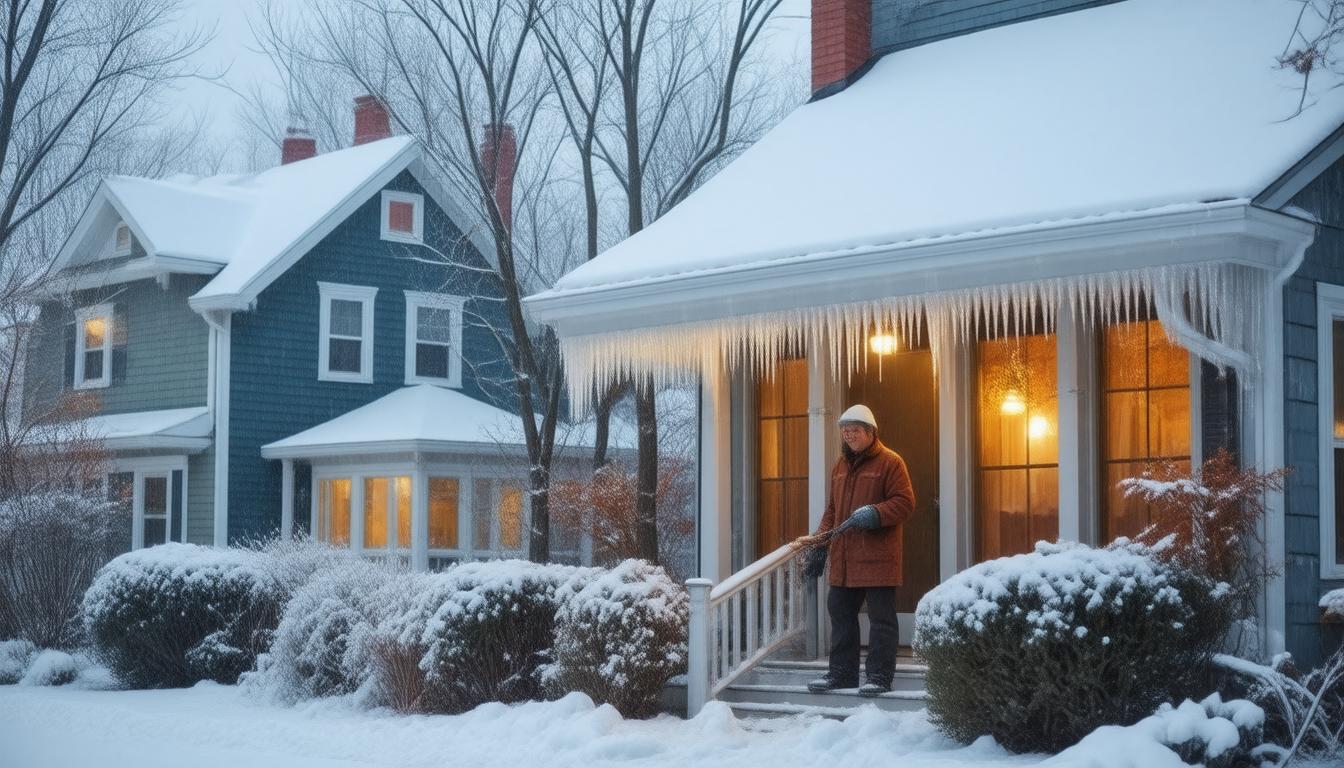
Land grading and drainage are critical aspects of residential construction and landscaping. Proper land grading ensures that water flows away from your home’s foundation, preventing water damage and maintaining the structural integrity of your home. Efficient drainage systems further complement grading by managing water runoff, preserving your yard, and preventing flooding. In this article, we will explore the significance of these processes and provide tips to ensure they are correctly implemented for the protection of your home.
Understanding Land GradingLand grading involves the process of sloping the land around your home to direct water away from the foundation. This is typically done by reconfiguring the slope of your yard to create a gradient that facilitates water flow toward designed drainage areas or municipal storm drain systems.
How to Achieve Proper Land Grading:[list]
[*]Check Local Building Codes: Before you begin any grading project, familiarize yourself with local building codes and regulations.
[*]Hire a Professional: For complex landscapes or large-scale projects, consider hiring a professional who can use specialized equipment to accurately grade your land.
[*]Maintain a Minimum Slope: Ensure that the land around your home slopes away from the foundation at a minimum of 5% (or 6 inches) for the first 10 feet.
[/list]
Once the land is graded, an effective drainage system is crucial to handle heavy rainfall or snowmelt. There are various types of drainage systems, each tailored to specific conditions and landscape designs.
Types of Drainage Systems:[list]
[*]Surface Drains: This involves creating sloped channels on the surface of your yard to direct water to a suitable discharge point.
[*]French Drains: These are subsurface systems that collect water from saturated soil and transport it away from the property.
[*]Dry Wells: A dry well is an underground structure that captures water and allows it to gradually percolate into the ground.
[/list]
Implementing a combination of these systems may be necessary to tackle complex drainage issues.
Maintaining Your Land Grading and DrainageAfter installation, regular maintenance is essential to keep your grading and drainage systems working efficiently. Over time, erosion, settling, and natural changes in your landscape can affect the performance of these systems.
Maintenance Tips Include:[list]
[*]Inspecting drainage outlets and removing any blockages caused by debris or sediment buildup.
[*]Adding or redistributing soil to maintain the proper slope of your land.
[*]Checking for signs of erosion and reinforcing vulnerable areas to prevent deterioration of the grading.
[/list]
Regular checks, particularly after severe weather events, ensure your home’s protection from water damage.
Troubleshooting Common IssuesDespite your best efforts, sometimes grading and drainage issues can arise. Puddles forming in your yard, water stains on your basement walls, or soil erosion near your property indicate that your systems may need attention.
When issues occur, reassess your grading and drainage to identify and correct any deficiencies. In some cases, retrofitting additional solutions such as catch basins or swales can be necessary to manage excess water flow.
Professional Assistance and ConsultingIf you feel uncertain about land grading and drainage, professional advice can be invaluable. Landscape architects, civil engineers, and drainage consultants have the expertise to develop and implement grading and drainage plans that are custom to the needs of your home and compliant with your local regulations.
In summary, ensuring proper land grading and drainage is a proactive measure in home protection. It prevents costly damages, protects your investment, and provides peace of mind knowing that your home is safeguarded against one of nature’s most powerful elements: water. Regular maintenance, proper installation, and swift responses to issues ensure these systems serve their purpose effectively for years to come.







